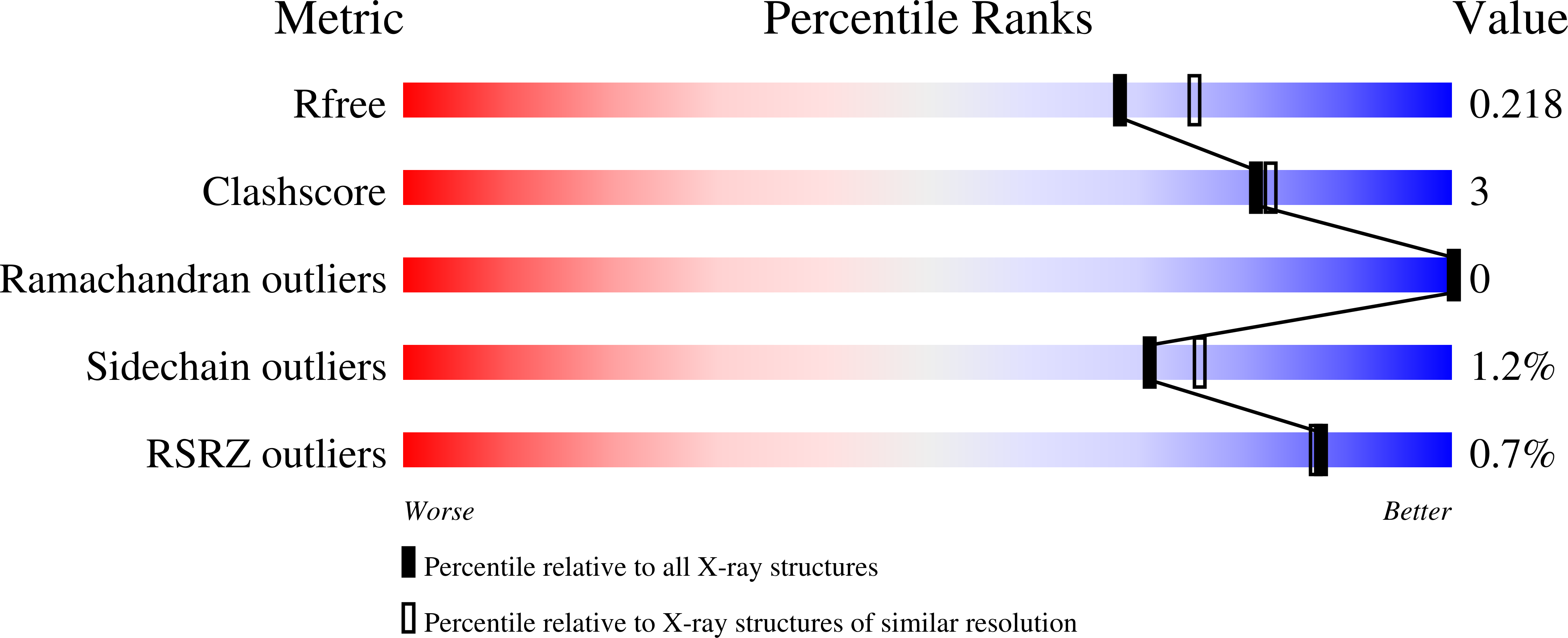
Deposition Date
2018-10-10
Release Date
2018-12-05
Last Version Date
2024-06-19
Entry Detail
PDB ID:
6HV6
Keywords:
Title:
Crystal structure of PatoxP, a cysteine protease-like domain of Photorhabdus asymbiotica toxin PaTox
Biological Source:
Source Organism:
Host Organism:
Method Details:
Experimental Method:
Resolution:
2.00 Å
R-Value Free:
0.21
R-Value Work:
0.17
R-Value Observed:
0.17
Space Group:
P 21 21 21


